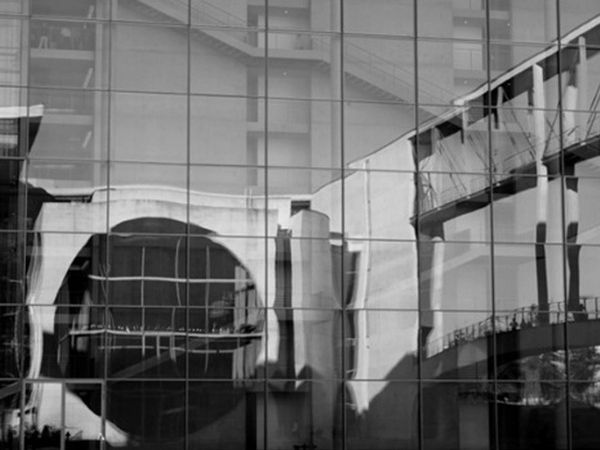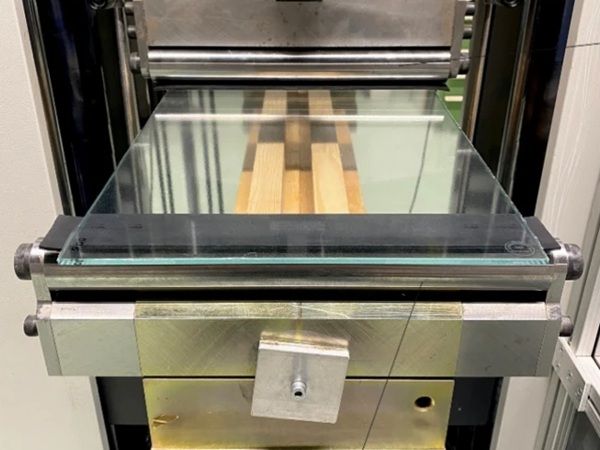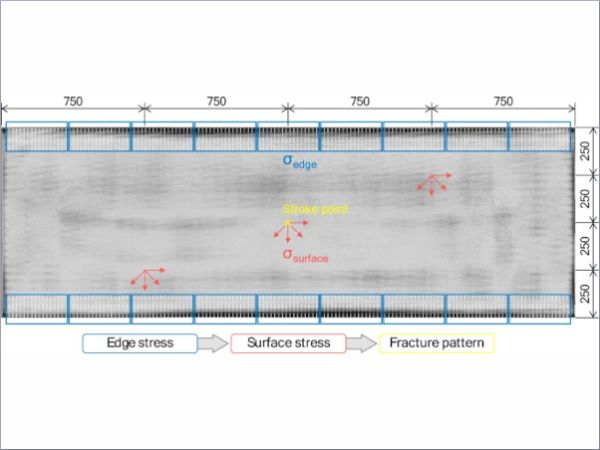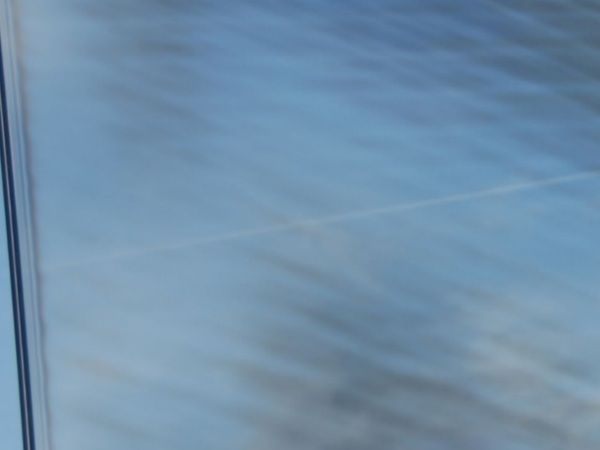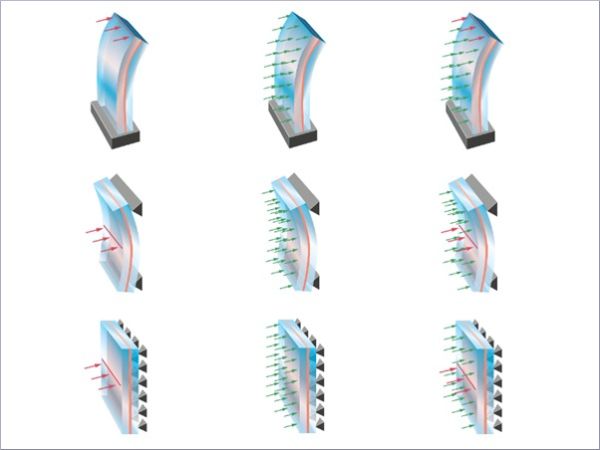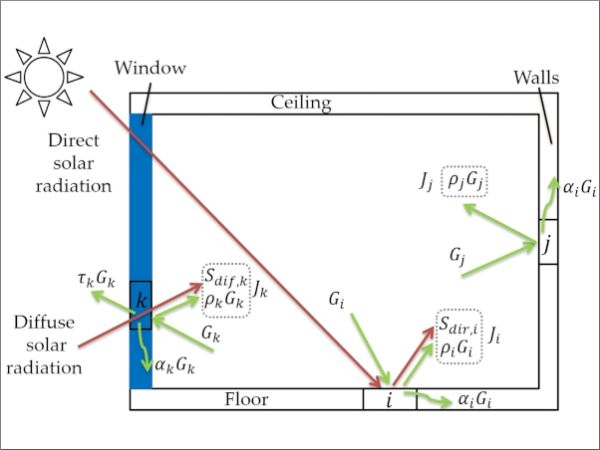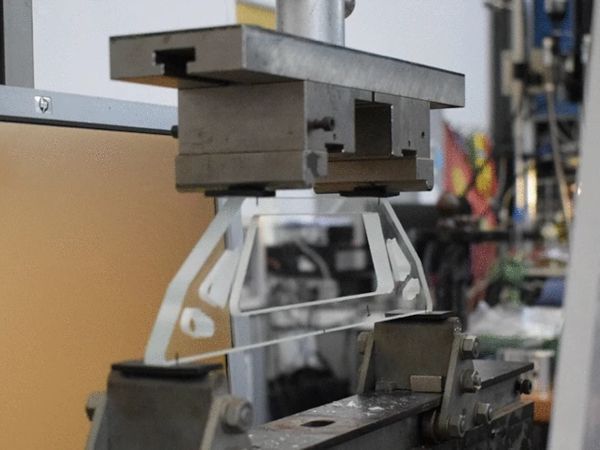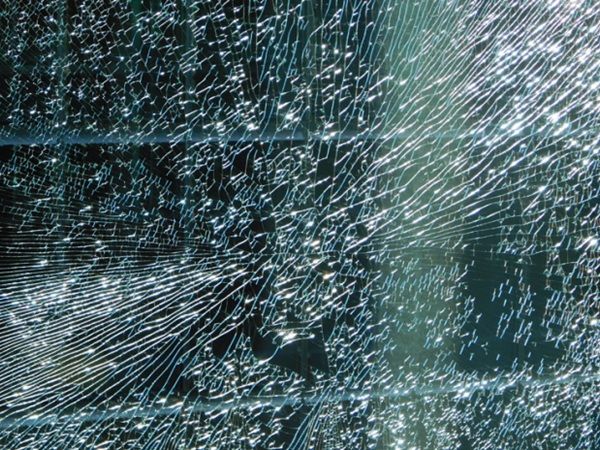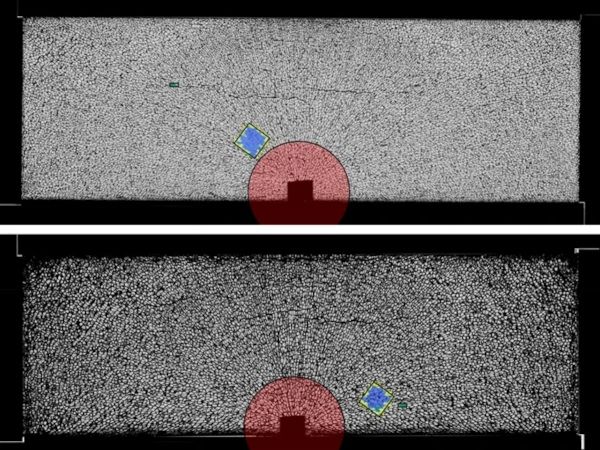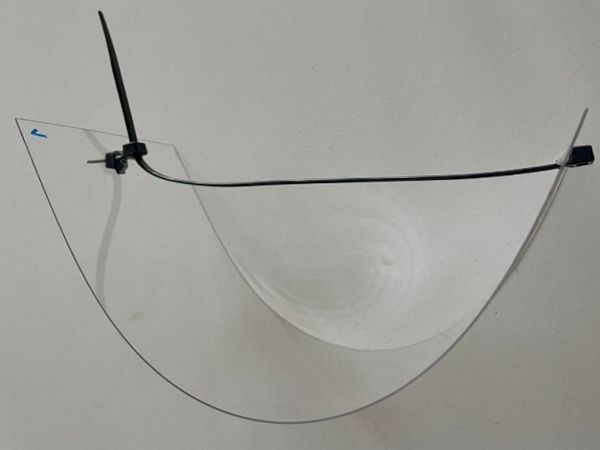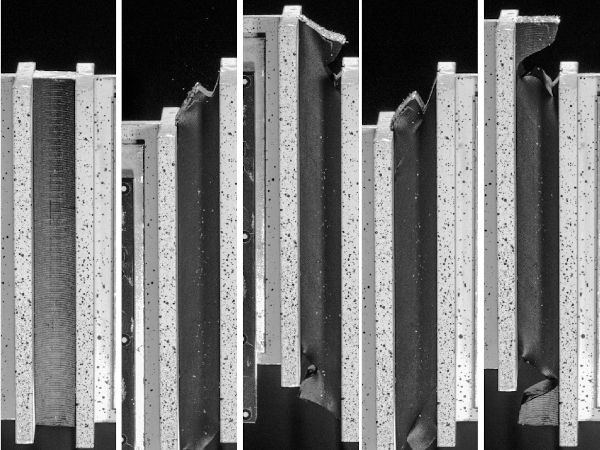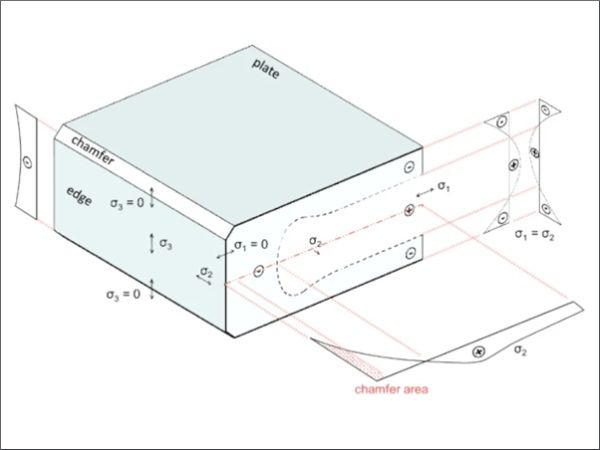Others also read
| Spontaneous glass breakage caused by nickel sulfide (NiS) inclusions remains a hidden yet critical challenge in architectural glazing, raising important questions about safety, quality, and prevention in modern glass production.
| Viprotron has developed a new technology for the exit of the furnace, that allows the measurement of the distortion of tempered glass with high precision and unparalleled repeatability.
| Thermal stress relief treatment offers a promising solution for enabling the reuse and remanufacturing of end-of-life tempered glass, paving the way for more circular economy practices in the flat glass industry.
| By Errol Bull, P.E., CSI, an Application Development Leader at Momentive Performance Materials Inc. Member: IIBEC, ASTM C24, ISO TC59/SC8
| New research explores how non-destructive photoelastic methods could improve quality control for large-format thermally toughened glass, reducing reliance on costly and time-consuming destructive testing.
| In this sixth episode of #AskGlaston flat tempering series, we explore how to avoid loading delays in tempering.
| Mikko Rantala on Glastory: Glass tempering is an energy-hungry process, and not just because of the heat.
| This paper investigates the integration of colorimetric analysis into the architectural glass selection process, with a focus on utilizing spectral data to quantitatively characterize colour attributes.
| This paper presents a groundbreaking technological development in the optical quality of tempered glass.
| A new AI-powered tool is set to transform the structural design and analysis of glass facades.
| A new study shows that adding green building requirements to contracts boosts energy performance and sustainability in hot climate zones.
| As glass curtain walls become increasingly popular in modern architecture, understanding how much solar radiation escapes through these transparent facades is essential for accurate cooling load calculations and energy efficiency.
| This research proposes a suite of TO algorithmic frameworks that design specifically for structural glass.
| As modern buildings increasingly use glass for its aesthetic appeal, managing excessive sunlight has become a challenge—this study explores how innovative kinetic façades can optimize indoor daylight while enhancing energy efficiency and comfort.
| Spontaneous breakage in tempered glass due to Nickel Sulfide (NiS) inclusions remains a critical topic in the industry—this paper examines the risks, benefits, and effectiveness of heat soaking as a preventive measure across different markets.
| In this experimental investigation, the surface and edge stress were measured on standardized format thermally toughened safety glass, with different edge processing and glass thicknesses from three different suppliers.
| Can we state if the Heat Soak Test (HST) was done according to EN14179-1:2005 or not?
| The German code for the design of glass structures, DIN 18008, was first published in its final version in 2010 and 2013; as several major changes were suggested, the periodical revision took longer than expected.
| This paper addresses the constraints of thin glass in construction and explores optimal bending techniques to maximize its potential through a detailed study of its properties.
| The authors investigate the dynamic factor dependency on the major wind excitation parameters, including mean wind velocity, turbulence factor and system dynamic properties, using the Single Degree of Freedom simplification.
| In this paper, the behaviour of various Insulating Glass Units (IGUs) is examined under the influence of quasi-static uniform wind pressure and weather actions.
| This paper begins with an overview of the different types of modules and their applications. It discusses building regulations including the necessary structural analysis and testing verifications.
| In this paper, relevant parameters influencing the seismic loading of structural glazing joints are determined, evaluated, and narrowed down to areas of practical relevance as part of a theoretical stress analysis.
| In this paper, we will discuss a challenging, iconic, heritage, refurbishment project – Channel 4’s headquarters building located in London, England.
| The paper compares fitting functions of different polynomial degrees to determine and assess the edge stress.


